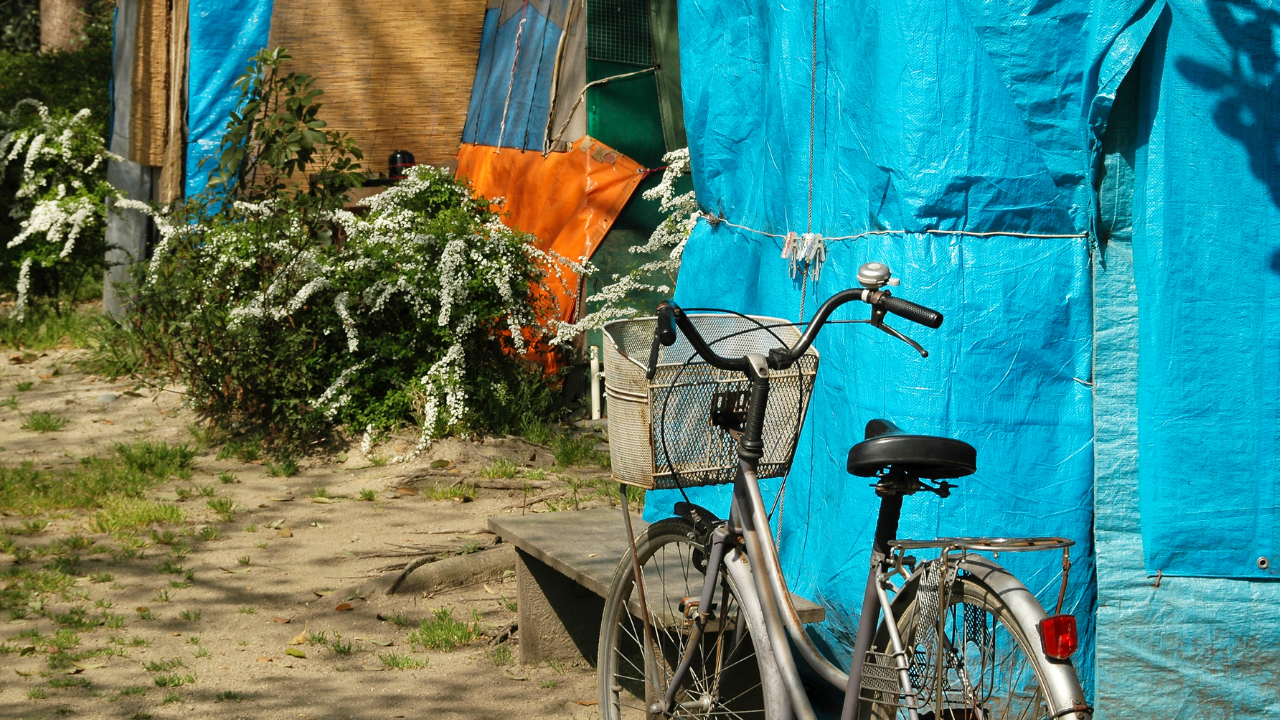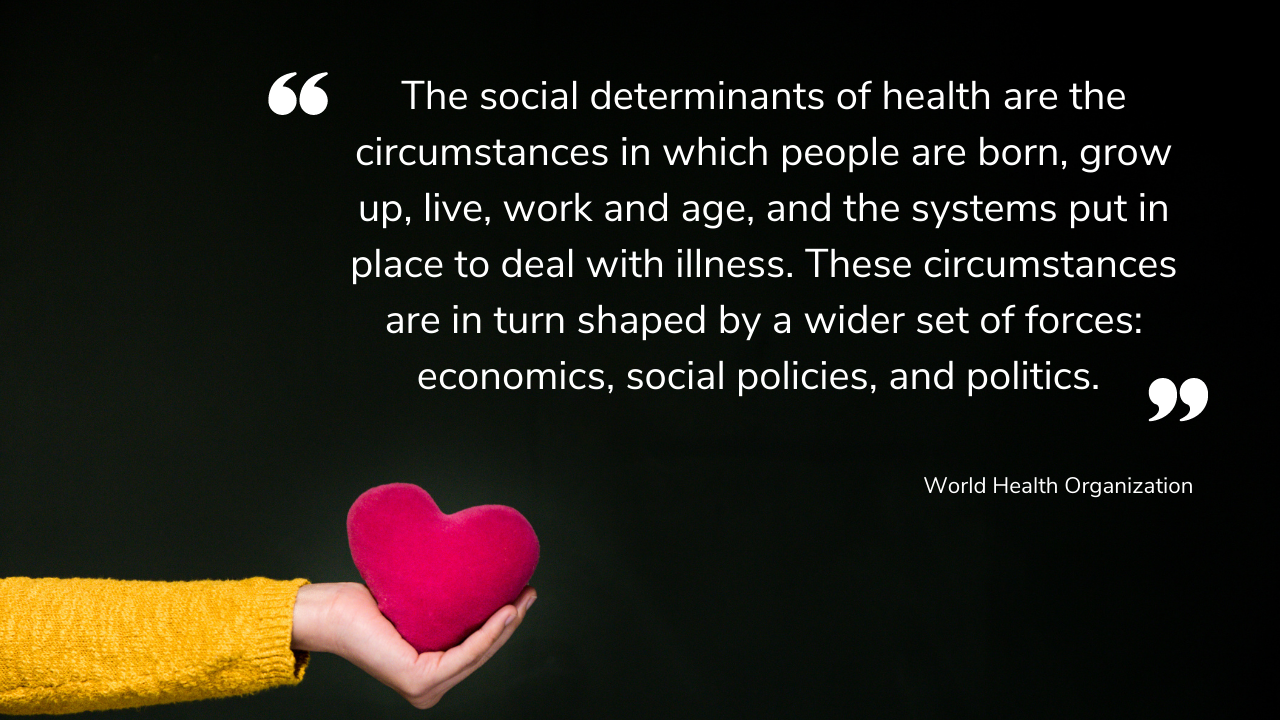Social Determinants of Health
Health and wellbeing for individuals involves more than just physiological factors. With increases in electronic records and interoperability, efforts to address SDOH are being prioritized for many organizations.

Over the past several years there has been a significant increase in the dialogue around Social Determinants of Health (SDOH) - particularly in the healthcare IT space. Knowledge that overall health and wellbeing for individuals involves more than just physiological factors is not new. However, with increases in electronic records and interoperability, along with some attention from the World Health Organization, efforts to address SDOH are being prioritized for many organizations.

While there is currently no official criteria or taxonomy for what should be considered a social determinant of health globally, there are a few common examples that most would agree qualify:
- Living conditions. Including such things as homelessness, housing instability, lack of functioning/consistent utilities or potable water, and overcrowding in a home environment.
- Learning and Education. Including things such as early childhood development, education level, language skills, and health literacy.
- Safety. Focusing on things like social safety networks, neighborhood safety, and physical safety issues such as domestic violence or elder abuse.
- Demographics. Race, gender, ethnicity, disabilities, and aboriginal status are common SHOH factors in this area.
With the increase in global data available for many aspects of society and the speed with which it can be collected, collated and analyzed, the past 15 years have seen a significant focus on SDOH considerations. Increased conversations on the subject can be traced back to a couple of key global milestone efforts, which are described below.
The Commission on Social Determinants of Health
In 2005, the World Health Organization (WHO) established a commission to review and address key factors that were contributing to health inequities for member states and global health partners. The Commission on Social Determinants of Health (CSDH) was active a three-year period and concluded in 2008 with the delivery of its final report, "Closing the Gap in a Generation: Health Equity Through Action on the Social Determinants of Health."
The CSDH work streams included discussion on country action, civil society, and knowledge networks throughout their term and concluding recommendations focused on three key recommendations:
- Countries should work to improve the daily living conditions of their citizens/residents.
- Governments and other organizations should work on addressing inequities surrounding the distribution of power, money, and resources.
- Leaders and relevant individuals/groups should work to better understand issues contributing to health inequities and find ways to measure the impact of any actions they put in place to address them.
Rio Political Declaration on Social Determinants of Health
Building upon the recommendations outlined in the CSDH report, with additional consideration for the 1978 Declaration of Alma-Ata and the 1986 Ottawa Charter, the WHO focused attention on the SDOH at the 2011 World Health Conference held in Rio de Janeiro, Brazil. There were 125 member state were represented and together on Oct 21, 2011 they agreed to a number of actions now known as the Rio Political Declaration on Social Determinants of Health.
- To adopt better governance for health and development.
- To promote participation in policy-making and implementation.
- To further reorient the health sector towards reducing health inequities.
- To strengthen global governance and collaboration.
- To monitor progress and increase accountability.
Following the conference, the declaration brought forward to the World Health Assembly and signed under the resolution “Reducing health inequities through action on the social determinants of health,” in 2012.
We continue to see the focus on SDOH initiatives increase and have also started to see some policy change efforts take place in a number of jurisdictions. As healthcare transitions over to a more value-based, outcomes driven model it is imperative that those providing healthcare services consider broader circumstances that may impact wellness. Incorporating SDOH data sets and workflows into clinical workflows and information systems is a huge effort that will continue to be a work in progress for years.

